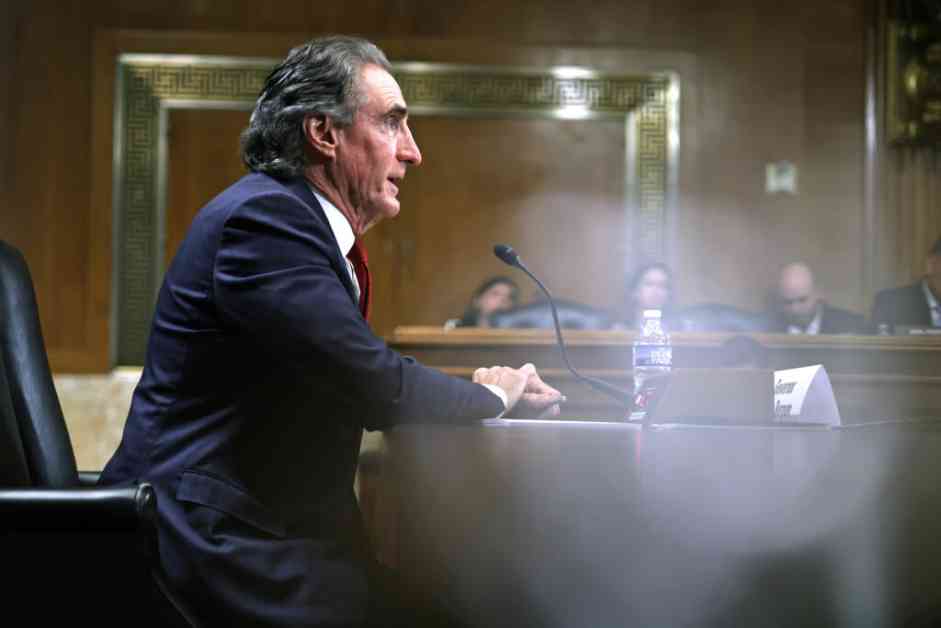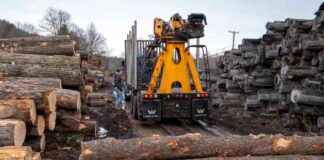Interior Secretary Undermines Land Protections to Promote Fossil Fuels
On his first full day as Secretary of the Department of the Interior, Doug Burgum issued a directive that could threaten national monuments, migratory birds, and endangered species by weakening their protections to advance fossil fuel development. This move follows President Trump’s revocation of numerous executive orders from the Biden administration, including those aimed at clean energy, climate change mitigation, and safeguarding natural resources.
This unprecedented action by President Trump has raised concerns among environmentalists, researchers, and conservationists. The Interior Department’s spokesperson referred questions about Burgum’s directive to the seven-page document itself and an accompanying press release. It’s not uncommon for new administrations to reverse some of their predecessors’ policies, but the scope and implications of these revocations are particularly far-reaching.
Impact on Federal Lands and Energy Development
Burgum’s directive instructs assistant secretaries to facilitate energy development on federal lands by reinstating canceled energy leases, offering more land for oil and gas drilling, and implementing other pro-fossil fuel measures. However, critics like Jamie Pleune, an associate professor at the University of Utah, question the necessity of such actions amidst record-high oil production in the U.S. Pleune emphasizes that millions of acres of federal land are still available for oil and gas exploration without rolling back environmental protections.
Alan Zibel, the research director at Public Citizen, a consumer advocacy organization, warns that Burgum’s Interior Department seems inclined to prioritize fossil fuel interests over renewable energy expansion. Zibel criticizes this approach as a blatant giveaway to Trump’s campaign donors in the fossil fuel industry. The implications of these policy shifts could have lasting effects on public lands, wildlife habitats, and climate action efforts.
Threat to National Monuments and Wildlife
One of the most significant risks posed by Burgum’s order is the potential impact on public lands previously protected from mining, oil, and gas development. National monuments, such as Bears Ears and Grand Staircase-Escalante in Utah, could face further reductions in size, undermining their cultural and ecological significance. While these monuments enjoy widespread public support, they have come under scrutiny from Republicans seeking to open up these areas for resource extraction.
The order directs assistant secretaries to review and potentially revise the status of withdrawn public lands under key conservation laws like the Antiquities Act of 1906 and the Federal Land Policy and Management Act of 1976. These laws govern the establishment of national monuments, wildlife refuges, and other protected areas critical for biodiversity and cultural heritage preservation.
Environmental groups have vowed to challenge any attempts to diminish the protections afforded to public lands and wildlife. Earthjustice senior attorney Tom Delehanty emphasizes the need to prioritize biodiversity, intact landscapes, and climate resilience in policy decisions. He warns that weakening these protections could lead to irreversible harm to ecosystems, landscapes, and cultural practices.
The potential threat to migratory birds and endangered plants further compounds the risks associated with Burgum’s directive. Migratory bird populations have been declining due to a range of factors, including climate change, habitat loss, and disease. The Migratory Bird Treaty Act, designed to safeguard these species, faces renewed challenges under the latest order, which could relax restrictions on incidental takes of protected birds.
As the Interior Department moves forward with these changes, conservationists and advocates like Noah Greenwald from the Center for Biological Diversity are gearing up to challenge these policy shifts. The fate of imperiled species, critical habitats, and public lands hangs in the balance as these regulatory changes unfold.
America’s wildlife, natural landscapes, and environmental heritage are under threat from policies that prioritize fossil fuel interests over conservation and sustainability. The decisions made today will have lasting repercussions for future generations and the health of our planet. It’s imperative that we stand up for our public lands, wildlife, and natural resources to ensure a sustainable and thriving future for all.














